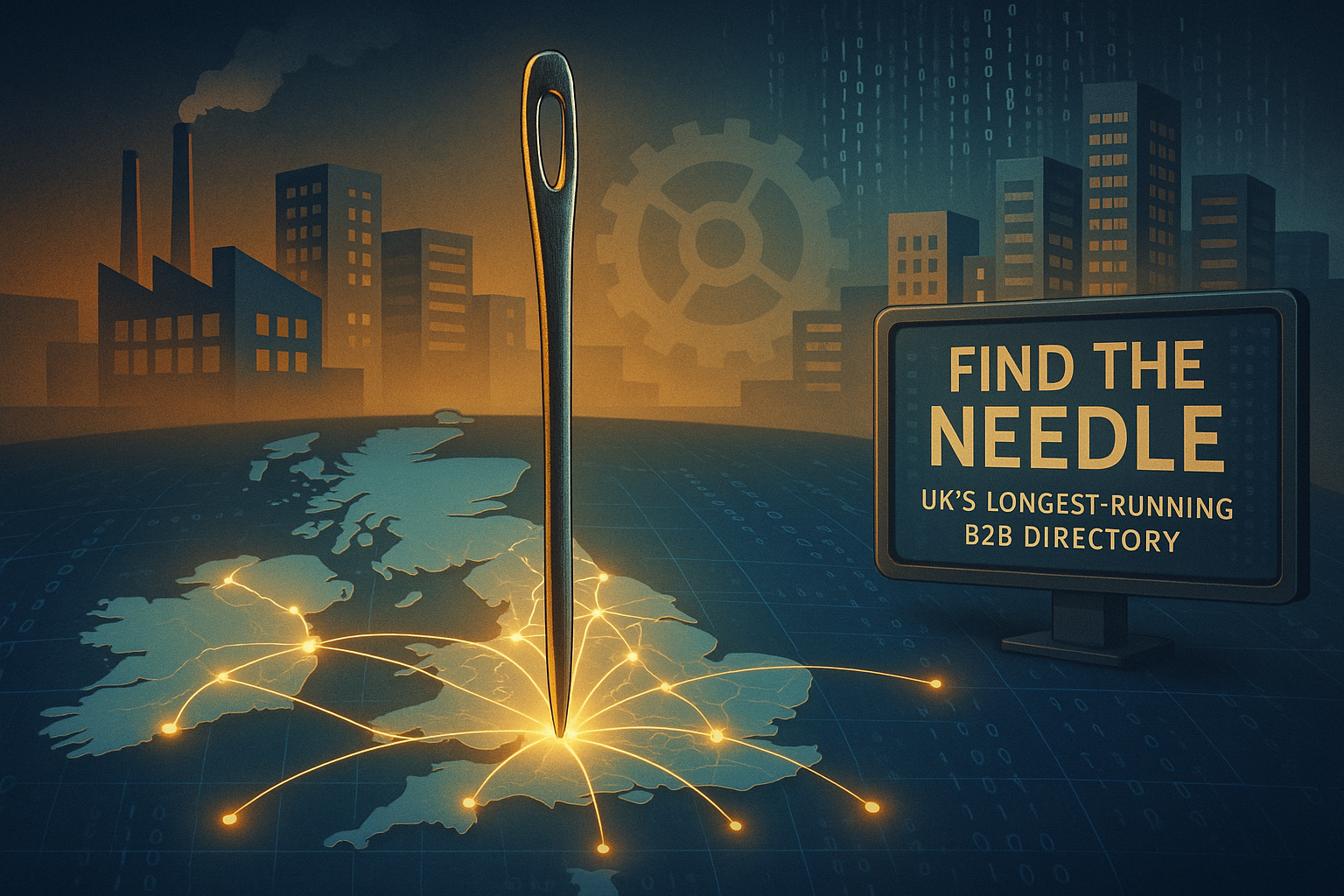The Role of a VIN Decoder
- 13 May 2024
- Articles
A VIN, or Vehicle Identification Number, is a unique code used to identify individual motor vehicles. Since 1981, all road vehicles sold must have a VIN consisting of 17 characters (letters and numbers), each of which encodes specific information about the vehicle. The VIN is crucial for various stakeholders in the automotive industry, including manufacturers, law enforcement agencies, insurance companies, and potential buyers.
Understanding VIN Decoders
A VIN decoder is a tool that interprets the 17-character code into meaningful information about a vehicle. By entering a VIN into a decoder, you can learn about the vehicle's country of origin, manufacturer, vehicle type, model year, engine size, and more. This tool is invaluable for anyone looking to purchase a used vehicle, register a car, or verify records.
The Structure of a VIN
A VIN is not just a random string of characters but a carefully structured code with each segment and character having a specific meaning:
-
World Manufacturer Identifier (WMI): The first three characters identify the vehicle's manufacturer and the country of origin. For example, cars made by General Motors in the United States have a WMI beginning with "1G".
-
Vehicle Descriptor Section (VDS): Characters four through nine provide details about the vehicle model, body type, restraint system, and engine type. This section is critical for accurate vehicle identification and parts matching.
-
Vehicle Identifier Section (VIS): The last eight characters of the VIN provide information specific to each vehicle. This includes the model year (character ten), the plant where the vehicle was manufactured (character eleven), and a unique serial number (characters twelve through seventeen) which differentiates each unit of the same model.
The Role of a VIN Decoder
VIN decoders play a critical role in the automotive industry and beyond:
-
Vehicle Buyers: Buyers can use VIN decoders to verify the vehicle's condition, history, and specifications, ensuring the car has not been involved in major accidents, floods, or reported stolen.
-
Manufacturers: Manufacturers use the VIN to track the production and distribution of vehicles, manage recalls effectively, and enhance quality control processes.
-
Law Enforcement: For law enforcement agencies, VINs are essential for identifying stolen vehicles and parts, and for tracking vehicles involved in criminal activities.
-
Insurance Companies: Insurers use VINs to determine the risk associated with insuring a particular vehicle, set premiums accurately, and process claims efficiently.
Benefits of Using a VIN Decoder
-
Transparency in Vehicle Transactions: VIN decoders contribute to transparency in vehicle transactions by providing potential buyers with a detailed history and specifications of the vehicle.
-
Safety and Recall Management: They help in identifying vehicles that are subject to recalls, thereby enhancing public safety.
-
Fraud Prevention: By verifying the details provided by the seller against those generated by the VIN decoder, potential buyers can avoid fraud and tampering.
-
Maintenance and Repair: Service stations and auto repair shops use VIN decoders to identify the exact parts needed for specific vehicles, reducing errors and saving time.
Technological Advancements in VIN Decoding
With the advancement of technology, VIN decoding has become more accessible and user-friendly. Mobile apps and online platforms now allow users to input a VIN and receive detailed information instantly. These tools often link to additional databases, providing more comprehensive reports that include accident history, previous ownership, and service records.
Challenges and Limitations
Despite their utility, VIN decoders do have limitations. For instance, the accuracy of the information depends largely on the data available to the service providing the decoding. Inaccuracies in data entry or variations in international standards can also lead to discrepancies in the decoded information.
Conclusion
VIN decoders are a powerful tool in understanding vehicle histories and specifications. As the automotive industry continues to evolve, the importance of accurate and efficient VIN decoding remains paramount for ensuring transparency, safety, and consumer satisfaction in vehicle transactions. As technology advances, so too will the capabilities and applications of VIN decoding, further enhancing its role across various sectors of the automotive industry.







